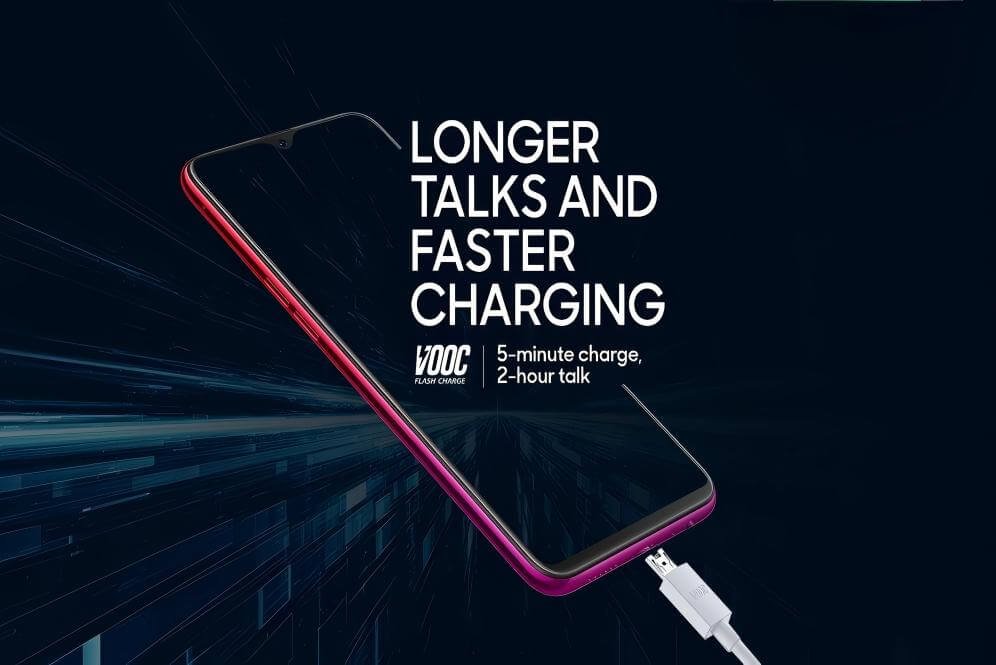From 0% to 100%: How Phone Charging Speed Secretly Changes
Ever noticed how your phone charges from 0% to 50% in minutes, but crawls like a snail from 80% to 100%? This isn’t your charger being lazy—it’s actually protecting your battery by switching between three modes: sprint, marathon, and trickle. Let’s break down how these stages impact your phone charging speed and battery health!
1. The Three-Stage Charging Symphony: Why Speed Matters
Think of charging as a carefully orchestrated race. Your battery is the athlete, and the charger plays coach, adjusting strategies to balance speed and safety:
0–50% : Sprint Phase – Full power for rapid charging.
50–80% : Marathon Phase – Steady, controlled pacing.
80–100% : Trickle Phase – Slow, cautious topping-up.

This staged approach ensures your battery stays healthy while optimizing phone charging speed when you need it most.
2. Sprint Phase (0–50%): The Need for Speed
The moment you plug in the charger, the phone goes into full sprint mode like a sprinter hearing the starting gun:
High Voltage & Current : Delivers peak power (e.g., 20W–100W).
Heat Surge : Batteries warm up quickly, triggering built-in cooling systems.
Users can clearly perceive it : the slogan "5 minutes of charging, 2 hours of talk time" takes advantage of the high efficiency of this stage.

Scientific principle : When the power of lithium-ion batteries is low, the internal chemical substances are highly active and can withstand stronger current shocks.
3. Marathon Phase (50–80%): Balancing Act
Once halfway, your charger downshifts to protect the battery:
Voltage Stabilizes : Current drops to 50–70% of initial speed.
Temperature Monitoring : Slows further if overheating risks arise.
Why It Matters : Pushing maximum phone charging speed here could shorten battery lifespan by 15–20%.

Pro Tip: Some fast charging technologies will extend the high power time in this stage, but at the cost of accelerated battery loss.
4. Trickle Phase (80–100%): Slow and Steady Wins the Race
The final stretch is all about caution:
Micro-Currents : Charging slows to a crawl (<10% of initial speed).
Battery Calibration : Adjusts voltage to ensure accurate percentage readings.
Longevity Focus : Research shows stopping at 80% can extend battery life by 1–2 years.
User suggestion: If not necessary, it is recommended to unplug the charger when the battery is 80%-90%. This allows charging as needed and extends battery life.
5.Why don't manufacturers "sprint" all the way? Revealing the fragile side of batteries
Lithium-ion batteries are like delicate porcelain. Excessive "squeezing" will cause three major problems:
Thermal runaway : Continuous high pressure generates high temperature, which may cause combustion (refer to the Samsung Note7 incident).
Capacity decay : Electrode materials will age faster under high pressure, causing the battery to "become less and less durable".
Chemical crystallization : Too fast charging may cause lithium metal to form dendrites on the electrode surface, piercing the diaphragm and causing a short circuit.
For this reason, the International Electrotechnical Commission (IEC) has mandatory,requirements: All fast charging devices must be equipped with segmented charging control chips.
6. 4 Rules to Master Phone Charging Speeds
Maximize efficiency without killing your battery:
It is enough to charge at night to 80% : use smart sockets to cut off power at a fixed time to avoid trickle loss all night.
Avoid high temperature environments : remove the phone case when charging, and stay away from heating or direct sunlight.
"Deep cycle" once a month : use the power below 20% and then fully charge to help the system calibrate the power detection.
Give priority to original chargers : third-party accessories may not accurately match the three-stage charging algorithm.

Conclusion: Slow is for going further
The "slowness" of the charger is not a technical defect, but a gentle protection for the battery. Understanding the logic of three-stage charging, we can use the device more intelligently:
In emergency : use the "sprint stage" of 0-50% to quickly recover blood.
In daily life : end charging at around 80% to reduce battery pressure.
In the long run : avoid extreme charging and discharging, and let your phone accompany you for another year.
Remember, the real "fast" is not to charge 100%, but to charge just right every time.




